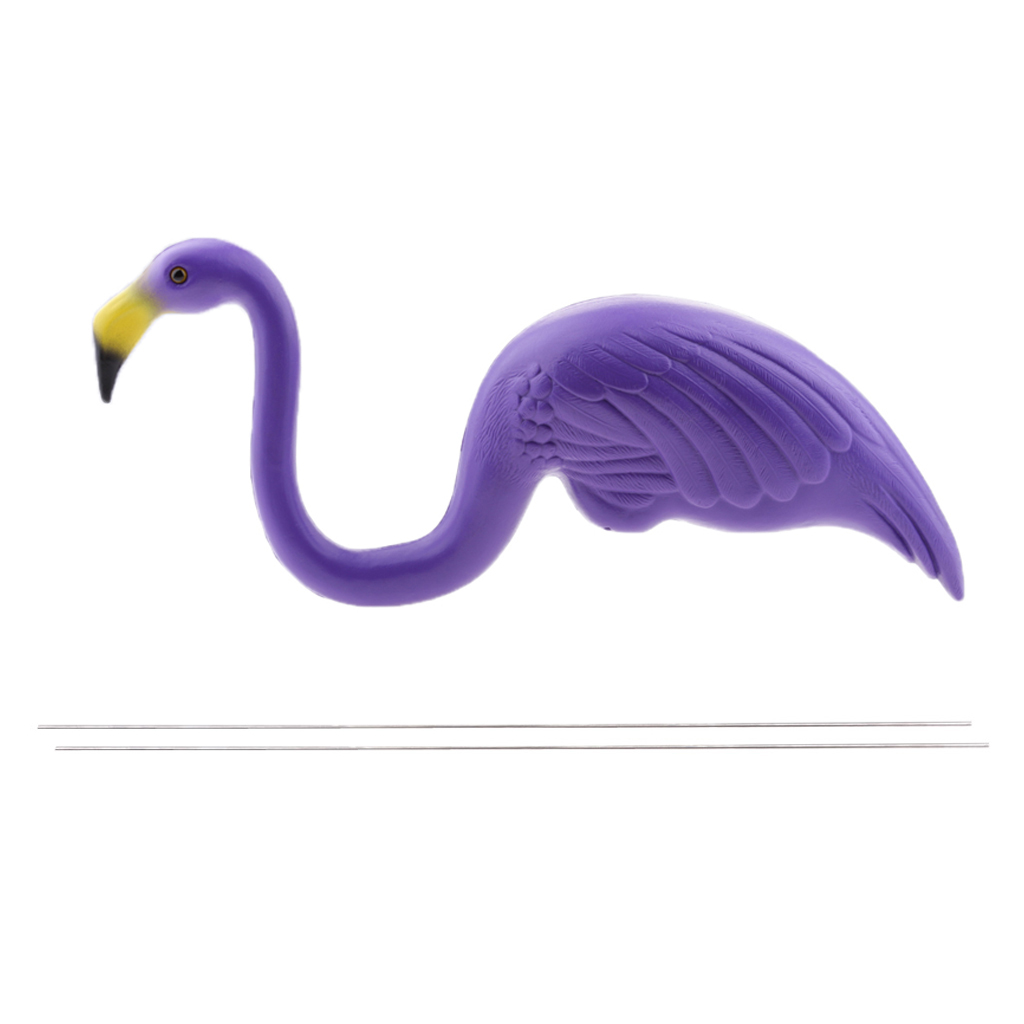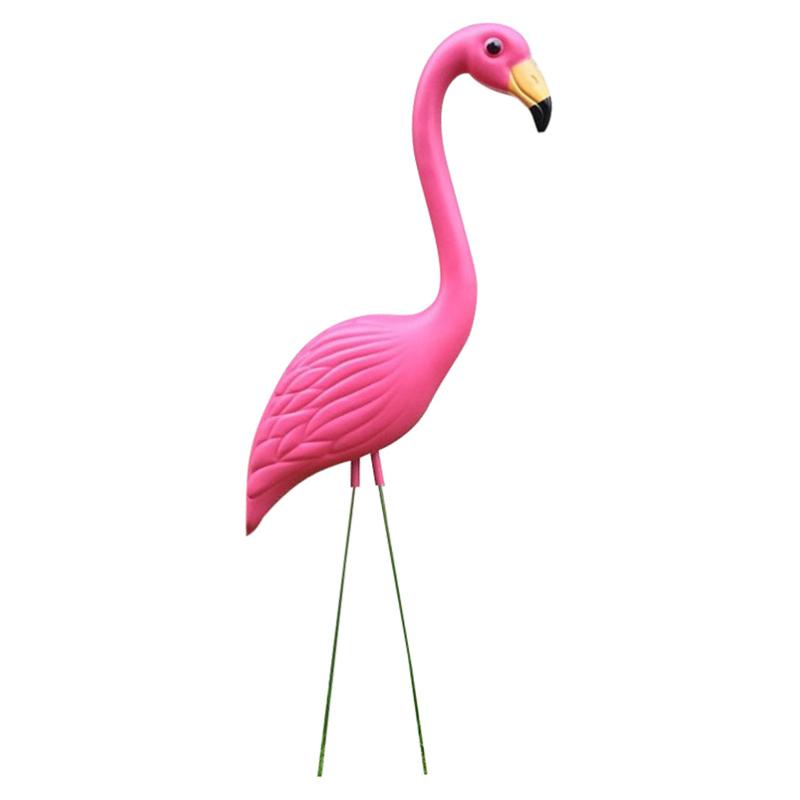

They were perceived as both a symbol of the American dream and a productive way to spend one’s newfound leisure time. Out in the wildĭespite the plastic pink flamingo’s resonance with so many things 1957, the ornament was almost instantly ridiculed as kitsch, which was a particularly damning designation given its habitat: the American lawn.Īs one of the few outward social spaces in the privacy-obsessed architecture of suburbia, lawns were ( and still are) subject to extreme social pressure. The flamingo was now associated with a region that was both exotic and affordable. Vacation spots made accessible by the Interstate Highway System cashed in on the style and flair of the Caribbean fad. Boston Public Library/flickr, CC BYĪs the century progressed, the development of interstate highways and a rise in disposable income made Florida a practical destination for middle-class and working-class families. They even named Miami Beach’s first luxury hotel “The Flamingo.” Soon, Florida and these exotic-looking birds became synonymous with wealth and leisure.Ī Florida postcard from the 1940s. She details how 19th-century European and American settlers hunted flamingos to extinction in Florida.īut as the state drew wealthy vacationers in the 1910s and 1920s, resort owners imported the pink birds to populate their grounds. Jennifer Price wrote the most comprehensive essay on the plastic pink flamingo in her book Flight Maps. And as a 1957 LIFE Magazine cover story attests, Americans were flocking to Caribbean resorts in record numbers. In fact, Americans had long cherished the exotic bird, native to the Caribbean and parts of South America, and this love affair came to a head in 1957 with an explosion in popularity of Caribbean culture.Ĭaribbean-American pop star Harry Belafonte’s album Calypso, which contained the hit single Banana Boat Song (Day-O), dominated the Billboard charts in 1956. David Brossard/flickr, CC BY-SAįeatherstone’s design wasn’t the first time flamingos swooped into American culture, either. Art historian Karal Ann Marling explains that in the 1950s, pink was perceived as “young, daring – and omnisexual.” She points out that popular celebrities like Mamie Eisenhower, Jayne Mansfield and Elvis Presley loved to incorporate pink in their wardrobes, their bedroom decor and – in the case of Elvis – their cars.Įlvis Presley’s famous pink Cadillac is on display in Graceland’s Auto Museum in Memphis, Tennessee. In a famous scene from The Graduate, actor Dustin Hoffman expresses disillusionment in the “great future in plastics.”Īnd then there’s the color pink.

In the postwar era, cheap, sturdy and versatile plastics were becoming an increasingly popular material for mass-produced commercial products, from Tupperware to Model 500 rotary phones.ĭesign historian Jeffrey Meikle discusses how this era was referred to as “a new Rococo marked by extravagance, excess, and vulgarity.” Many design and cultural critics pilloried plastic for its ability to easily depart from established design principles, though consumers and manufacturers kept the craze going.

The late 1950s also witnessed the solidification of a commodity-driven suburban way of life, along with a host of new anxieties over class and status. The year 1957 was the year of Elvis Presley’s Jailhouse Rock and the ‘57 Chevy, of popular plastic toys like Wham-O’s hula hoop and the Frisbee – all icons of midcentury nostalgia. A product of its timeĪll three of the ornament’s basic elements – plastic material, pink color and the flamingo design – have a particular relevance to the late 1950s.

While many are quick to label the plastic ornament as the epitome of kitsch, the flamingo has actually taken a rather tumultuous flight through an ever-changing landscape of taste and class. In 1957, a 21-year-old art school graduate named Don Featherstone created his second major design for the Massachusetts-based lawn and garden decoration manufacturer Union Products: a three-dimensional plastic pink flamingo propped up by two thin, metal legs that could be plunged into soft dirt.įeatherstone’s duck and flamingo ornaments sold in pairs for US$2.76, and were advertised as “Plastics for the Lawn.” They became simultaneously popular and derided in the late 1950s and remain a recognizable species of American material culture.įeatherstone died this past June, but over five decades after he submitted his design, the plastic pink flamingo continues to grace American lawns and homes.


 0 kommentar(er)
0 kommentar(er)
